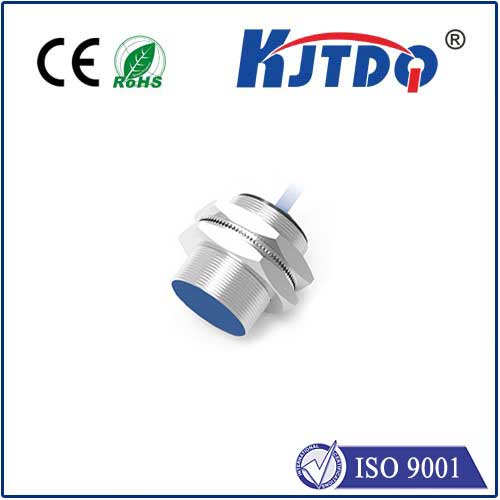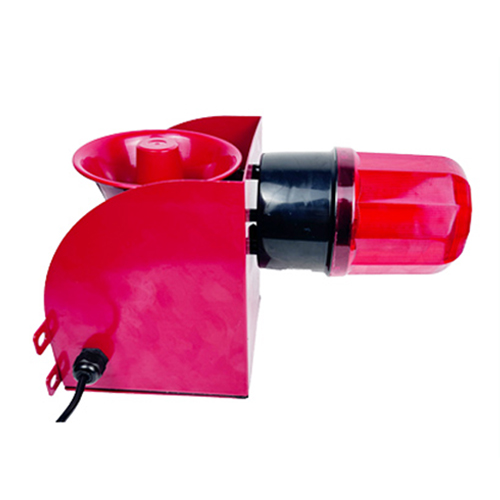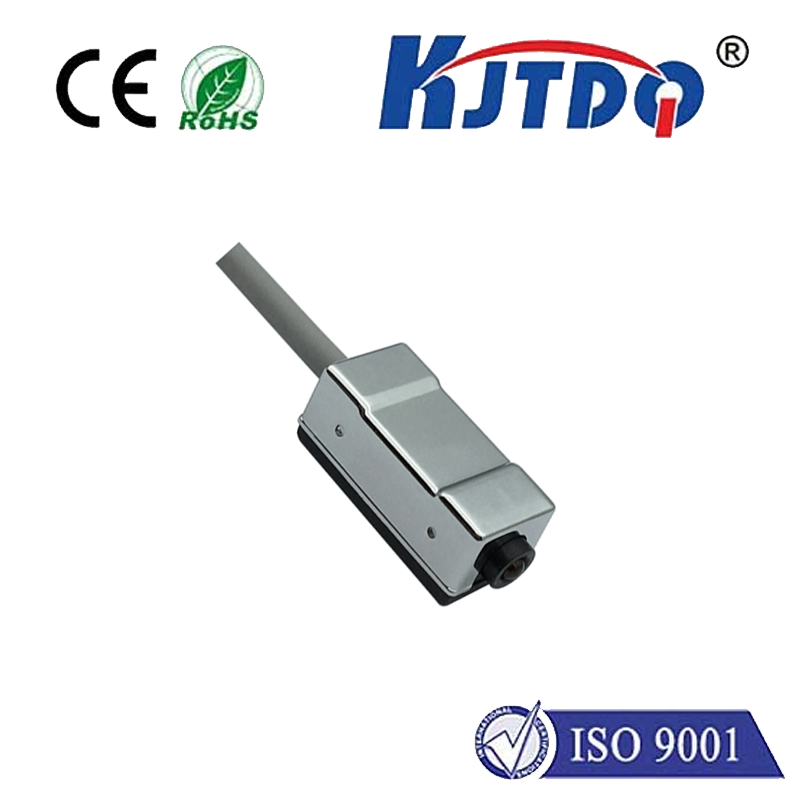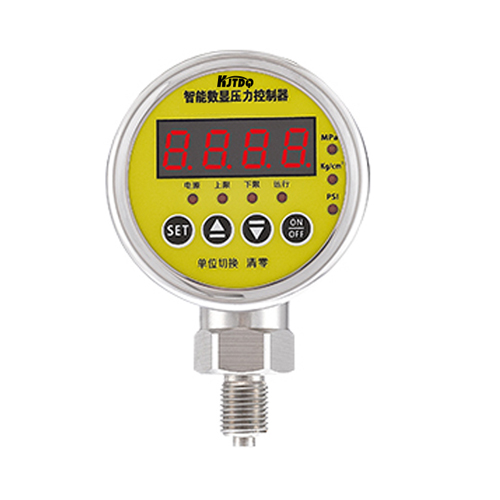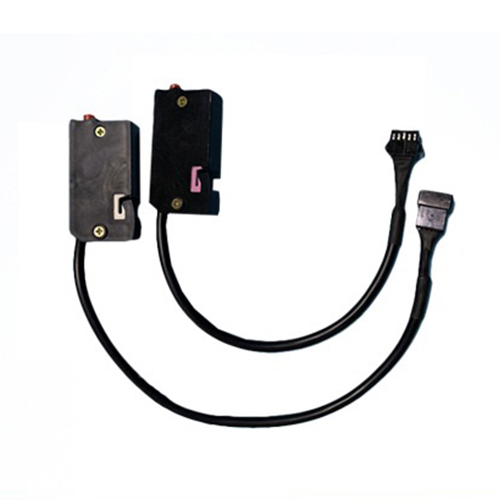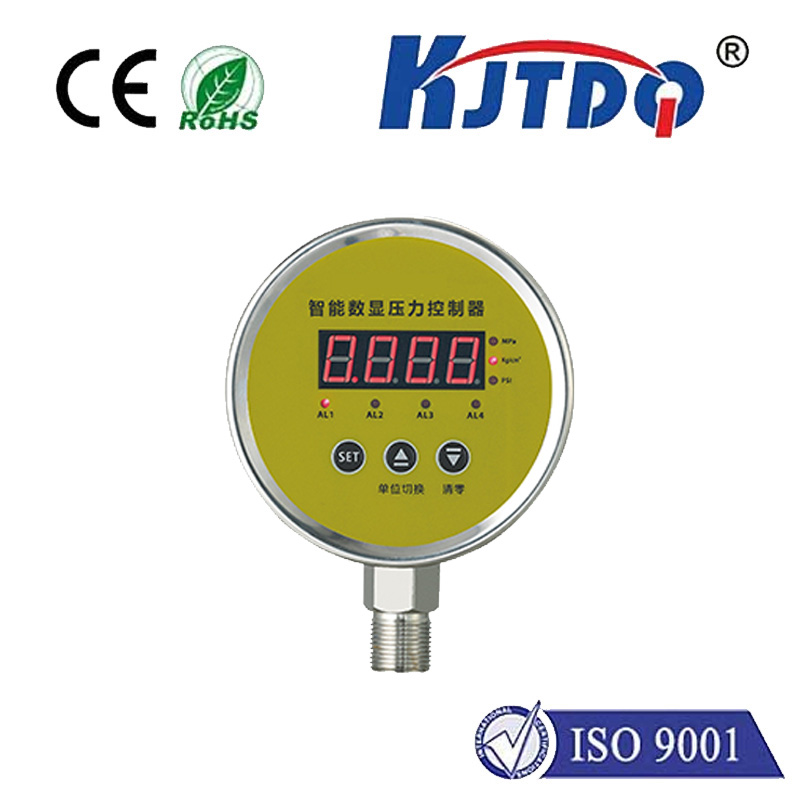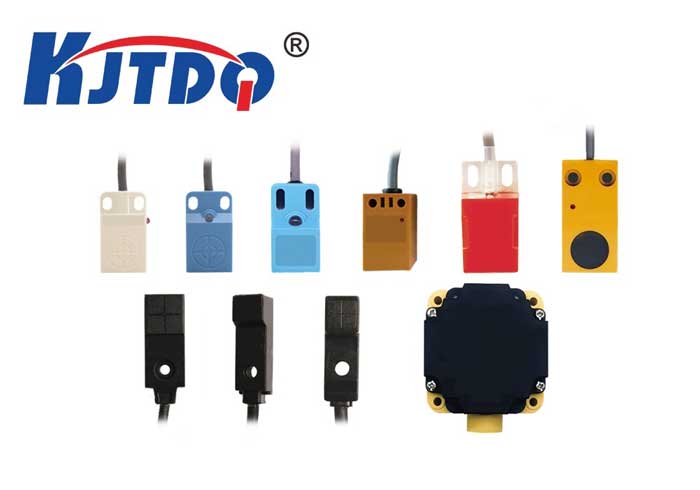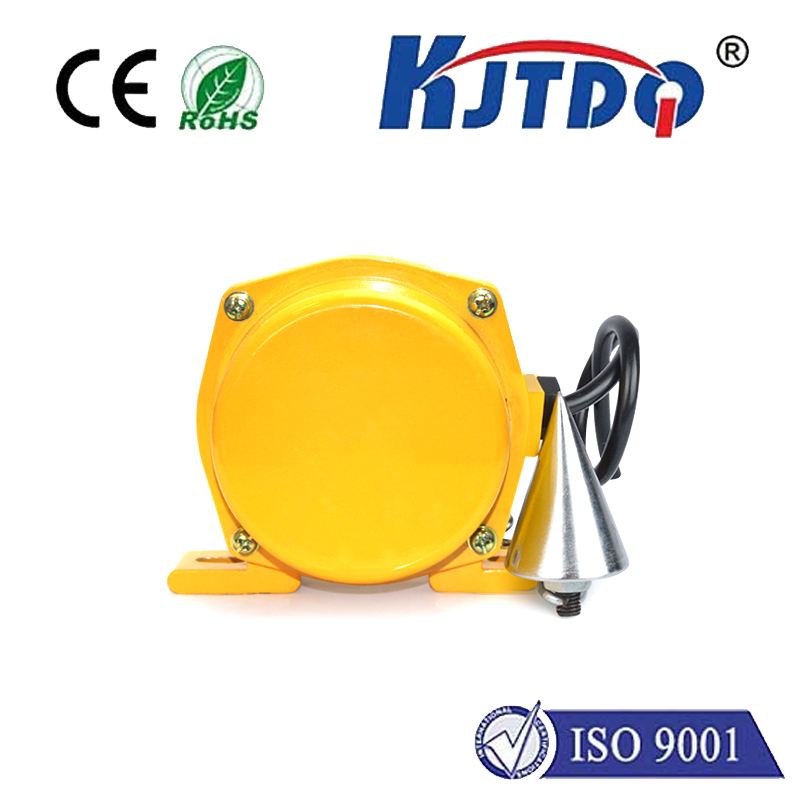Инфракрасный датчик фотоэлектрических переключателей e18d80nk
- time:2025-07-23 16:54:05
- Нажмите:0
Beyond the Beam: Mastering Object Detection with the E18-D80NK Infrared Photoelectric Sensor
Ever wondered how machines “see” objects without touch? How vending machines know a can is present, or automated doors sense your approach? Often, the unsung hero is the humble ИК - фотоэлектрический выключатель, and the E18-D80NK sensor stands out as a remarkably reliable and versatile champion in this field. Understanding its capabilities unlocks potential across countless automation projects.
Demystifying Photoelectric Sensing
At its core, photoelectric sensing relies on light. A transmitter emits a beam of light (invisible infrared in this case), and a receiver detects it. The fundamental principle is simple: when an object interrupts this beam (or reflects it back, depending on the sensor type), the receiver detects the change and triggers an electrical signal. This principle enables non-contact detection of presence, absence, position, or level.
The E18-D80NK falls into the diffuse-reflective photoelectric sensor category. Unlike through-beam sensors requiring separate emitter and receiver units on opposite sides, or retro-reflective sensors needing a reflector, diffuse sensors house both the infrared LED transmitter and the phototransistor receiver in a single, compact unit.

The E18-D80NK Advantage: Precision and Flexibility
So, what makes the infrared photoelectric sensor E18-D80NK so popular? Several key features contribute to its widespread adoption:
- Adjustable Detection Range (Up to 80cm): This is arguably its most defining feature. Equipped with a built-in potentiometer, the E18-D80NK allows users to fine-tune its sensing distance. Rotating the potentiometer adjusts the sensor’s sensitivity, effectively setting the exact point (from just a few centimeters up to a practical maximum of approximately 80cm) at which it will detect an object. This flexibility is invaluable across diverse applications.
- Infrared Operation: Using infrared light makes the sensor beam invisible to the human eye, preventing interference from ambient visible light and enabling discreet operation. The specific wavelength is chosen for optimal performance and resistance to common environmental light noise.
- NPN Output (Normally Open): The E18-D80NK provides a digital signal via an NPN open-collector transistor output configured in a Normally Open (NO) state. Simply put: when no object is detected within its adjusted range, the output is “off” (high impedance). When an object is detected, the output transistor switches “on,” allowing current to sink to ground (providing a low signal). This is the most common configuration compatible with many PLCs and microcontrollers (like Arduino).
- Compact & Robust Design: Featuring a durable galvanized metal housing, the sensor is built for industrial environments. Its standard cylindrical shape (often M18 threaded) facilitates easy mounting.
- Reliable Performance: Designed for consistent operation, offering immunity to vibration and moderate tolerance to dust and moisture (though specific IP ratings vary by manufacturer – always verify datasheets).
- Easy Calibration: Calibrating the detection distance is straightforward. Place the target object at the desired sensing point and rotate the potentiometer until the indicator LED lights or goes out (depending on calibration mode), signaling the precise setting.
Where Does the E18-D80NK Shine? Practical Applications
The combination of non-contact detection, adjustable range, and robust build makes the E18-D80NK photoelectric sensor ideal for numerous scenarios:
- Object Detection on Conveyors: Detecting the presence/absence of bottles, boxes, or components moving along a production line. Adjusting the range ensures reliable triggering regardless of minor height variations.
- Counting Mechanisms: Accurately tallying items passing a specific point by counting each beam interruption.
- Level Detection: Monitoring fill levels in bins or troughs (e.g., detecting when material drops below a certain point).
- Simple Automation Triggers: Serving as the “start” signal for processes when an object reaches a specific position.
- Safety Systems: Acting as a basic safety interlock, detecting if an object or person enters a restricted area during machine operation (though dedicated safety sensors are recommended for critical applications).
- Coin-Operated Machines & Vending: Verifying coin passage or product dispense.
- Garage Door Safety Edges (Secondary): Detecting obstructions near the closing point (primary safety devices are mandatory).
- Robotics: Providing proximity sensing or position feedback for robotic arms or mobile platforms.
- DIY Projects (Arduino/Raspberry Pi): A favorite in the maker community for its ease of integration and adjustable range capability for various interactive projects.
Implementing the E18-D80NK: Key Considerations
Integrating this sensor successfully requires attention to a few details:
- Wiring: Typically requires three connections:
- Brown Wire: Connect to VCC (Positive Supply Voltage) - usually 5V DC to 24V DC (Check datasheet! Many operate from 5V, making them Arduino-friendly).
- Blue Wire: Connect to GND (Ground).
- Black Wire: The NPN Output signal. Connect this to your controller’s input pin (often pulled high with a resistor externally or enabled internally).
- Power Requirements: Ensure your power supply matches the sensor’s specified voltage range (commonly 5-24V DC). Verify current consumption specifications.
- Mounting: Secure the sensor firmly. The adjustable range allows flexibility in positioning relative to the target path. Avoid mounting surfaces that vibrate excessively.
- Calibration / Setting Range: Calibrate in the actual application environment with the target object present. Follow the manufacturer’s procedure – usually involving rotating the potentiometer until the indicator LED changes state at the desired detection point. Small adjustments significantly impact sensitivity.
- Environmental Factors: While robust, avoid extreme conditions. Highly reflective backgrounds, direct sunlight hitting the sensor face, heavy dust, or steam can potentially cause false triggers or missed detections. Test under real operating conditions. Ensure the target object provides sufficient contrast (generally non-reflective works best). Solid objects work most reliably; transparent or very dark objects might be challenging.
Troubleshooting Tips:
- No Detection: Confirm wiring (VCC, GND). Check power supply voltage. Ensure target object is within the adjusted sensing range (re-calibrate). Verify object isn’t transparent/black.
- False Triggering: Check for reflective surfaces near the beam path. Shield sensor from ambient light interference (sunlight, bright lamps). Reduce sensitivity (adjust potentiometer). Ensure stable power supply.
- Inconsistent Operation: Verify stable mounting (vibration?). Check electrical connections for looseness. Power supply voltage fluctuations?
Выводы
The E18-D80NK infrared photoelectric switch sensor exemplifies practical, robust sensing technology. Its unique blend of adjustable detection distance up to 80cm, compact M18 design, reliable NPN output, and diffuse **

